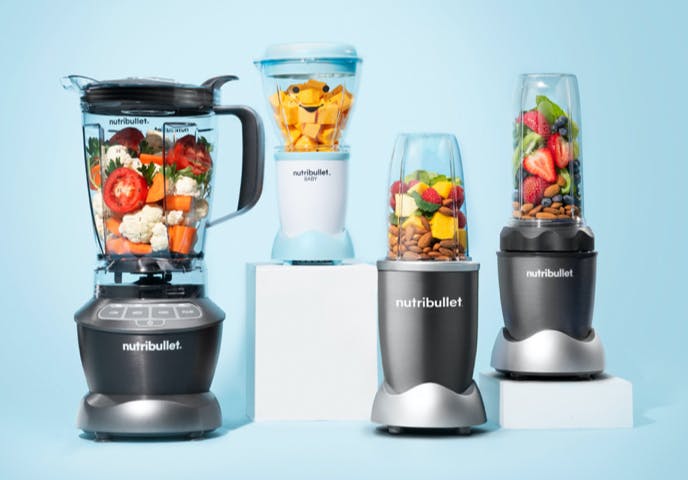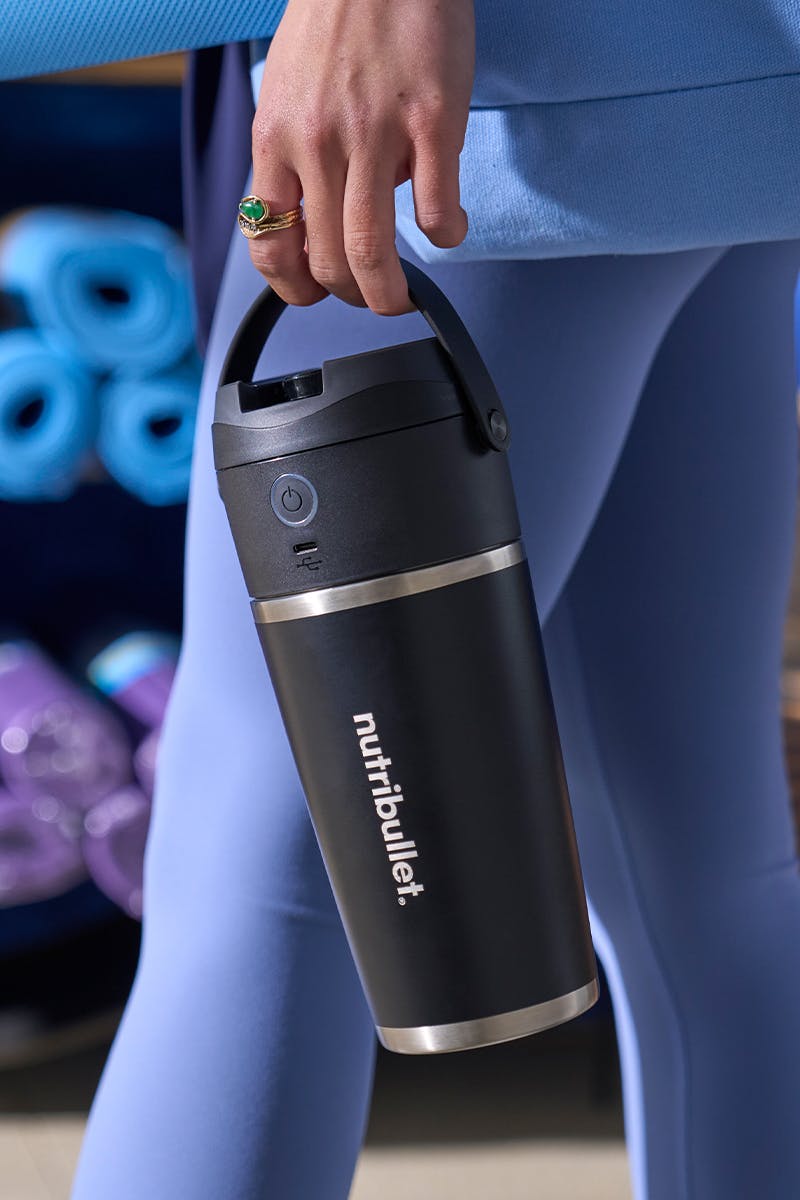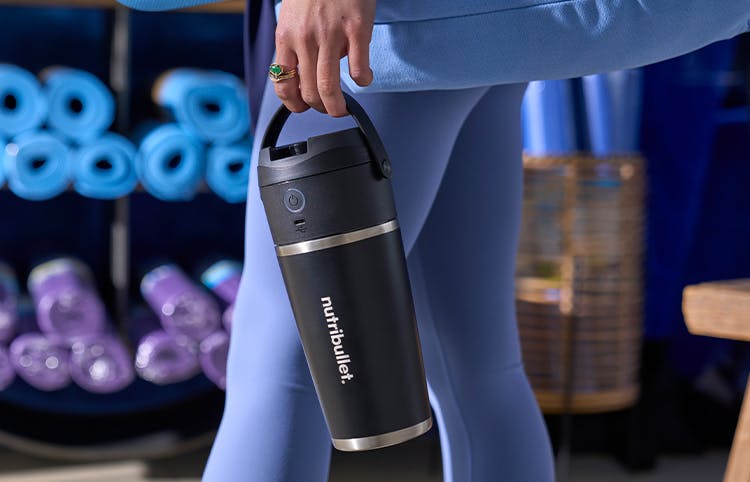We’ve mentioned before that there’s no shortage of parenting advice out there. When it comes to feeding our babies, there are plenty of opinions on the table (pun intended). One of the main conversations is currently oriented around deciding whether to start your baby’s solid food journey on purees, or to opt for baby-led weaning.
As is the case with most topics when it comes to raising children, both strategies offer pros and cons, and there isn’t a one-size-fits-all solution. What may work well for one child won’t necessarily be the answer for the other. In this article, we offer information about each approach so you can gauge which may work best for you and your baby.
Here’s what you need to know:
Purees are just as they sound: fruits, veggies, grains, and even meats that are pureed to a smooth consistency to spoon-feed to your baby. The idea is to gradually thicken the consistency of purees until your baby can tolerate chunky textures (usually around 9 months) – and ultimately table or finger foods (sometime between 9-12 months). Purees generally waste less food and serving them tends to result in tidier mealtimes. They’re also a great way to introduce a variety of nutritious foods. The “anti” side of purees is that they can be inconvenient/time-consuming to make from scratch, and storebought varieties can be expensive.
Fortunately, nutribullet® Baby developed its new Steam + Blend system to remedy the former issue. It’s a unique steamer/blender hybrid that lets you cook and puree your ingredients in the same place so you don’t have to dirty (and eventually clean) a million dishes. It comes with an auto setting that steams and blends without any oversight, so you can tend to other tasks while prepping purees, as well as a pulse function that gives you control over texture when your little one is ready for thicker/chunkier foods.
Baby-led weaning, on the other hand, forgoes spoon-feeding and purees altogether. Babies self-feed with finger foods right from the start. This gives children more autonomy over feeding and is thought to help them develop a more active interest in food. On the “con” side, it can be time-consuming to wait for your child to explore and eat all the little morsels you’ve put in front of them. There’s also obviously the mess factor: inevitably at first, more food will end up on the floor and all over your baby than what actually ends up in their tummy.
Many parents find that a mix-and-match approach of the two methods hits the sweet spot. You can spoon-feed and offer little bites in any combination you’d like, or, if you want the best of both worlds at the same time, there are all kinds of baby-appropriate utensils that allow babies to self-feed with purees.
Most importantly, no matter the method you choose, the goal is to fill in nutrition gaps as your baby transitions from less breastmilk or formula to more solid foods. One method isn’t superior to the other and both support your little one’s growth and development.



















